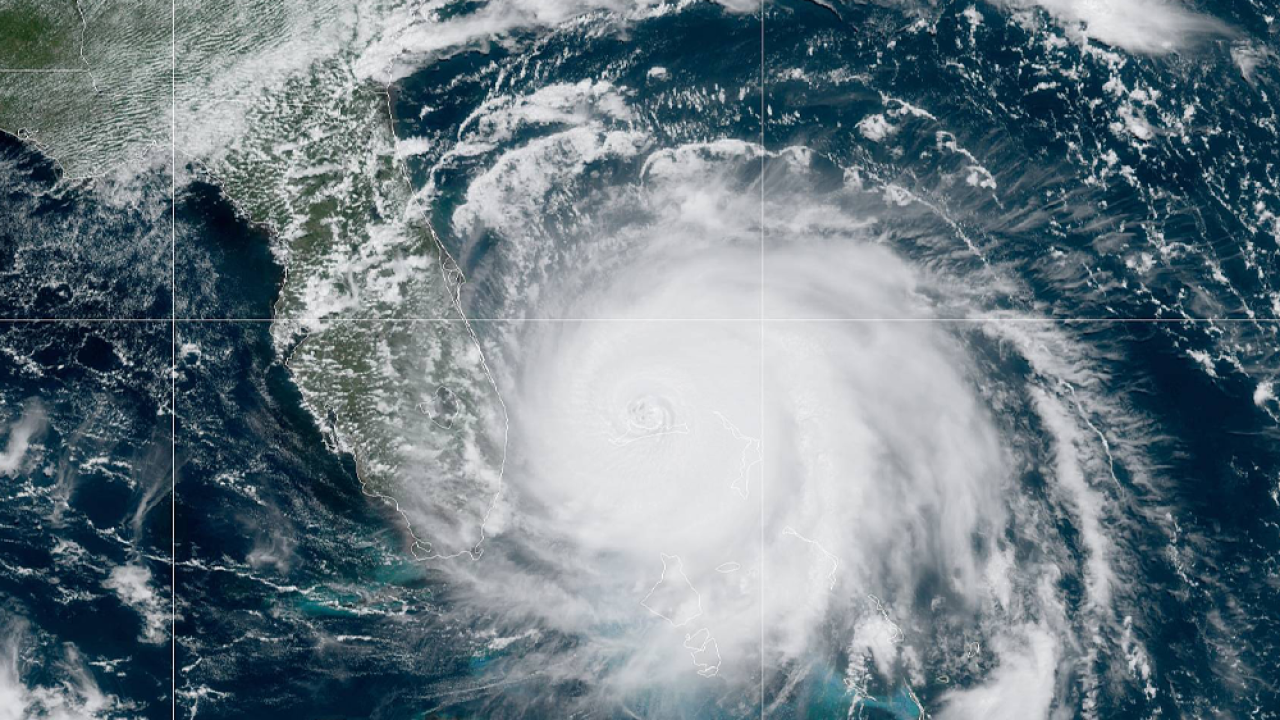MIAMI, Fla. — As the calendar is about to turn to September in just a week, Florida remains in the middle of the peak of the 2021 Atlantic hurricane season.
The Atlantic hurricane season runs from June 1st to November 30th and NOAA believes this year’s season will finish with quite a few storms to come. In early August, NOAA’s official forecast said the Atlantic could produce up to 21 named storms with seven to 10 of those storms becoming hurricanes before the end of the season.
The peak of the season is September 10, or a little more than two weeks from Wednesday. So far this season, the National Hurricane Center has moved through the H-named storm, which was Henri. That system hit the northeastern United States and brought heavy winds and rain to New England. The next storm to reach tropical storm status will be named Ida. Julian and Kate would be the next two names for systems, according to the NHC.
Looking at the Atlantic as of Wednesday, the National Hurricane Center is monitoring three systems across the Atlantic basin that includes the Caribbean Sea and Gulf of Mexico. The system with the highest potential to form into a tropical cyclone is in the southwestern Caribbean Sea. The NHC said conditions are favorable for development and the system could move northwestward over the northwestern Caribbean Sea and near the Yucatan Peninsula by Friday. The NHC said the storm has an 80 percent chance of formation into a tropical system over the next five days and could impact the coast of Louisiana, Texas, and Mexico by late this weekend and into early next week.
The NHC is also monitoring a trough of low pressure in the central tropical Atlantic, roughly 700 miles from Bermuda, that will likely become a tropical depression late this week. The system is given a 80 percent chance of storm formation in the next five days, but will likely turn eastward over the open Atlantic.
Finally, the National Hurricane Center also has an eye on a tropical wave in the far eastern tropical Atlantic Ocean. The system is several hundred miles southwest of the Cabo Verde Islands and remains disorganized. With upper-level winds expected to negatively impact the storm and the NHC only gives the system a 30 percent chance of formation over the next five days.

